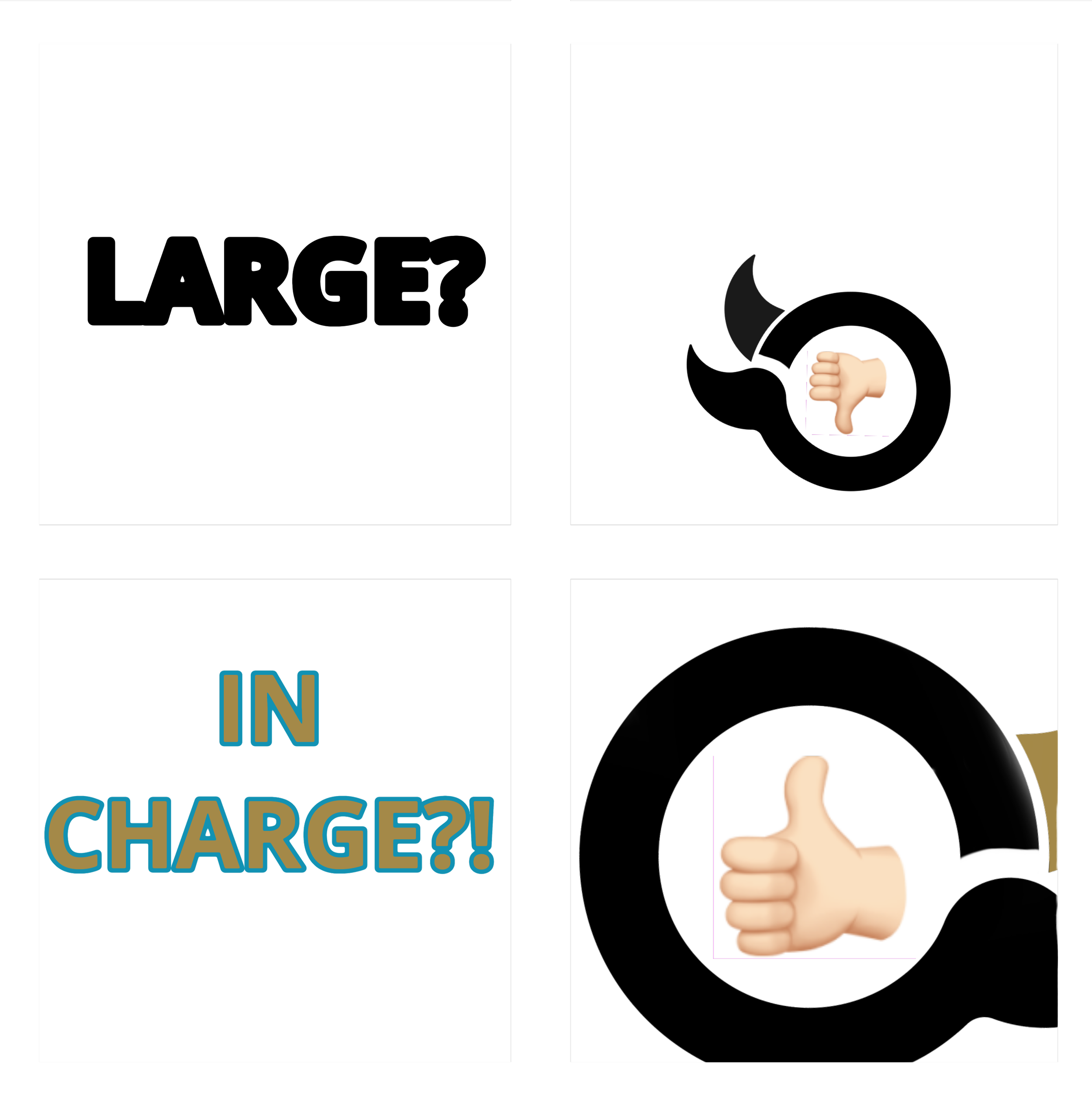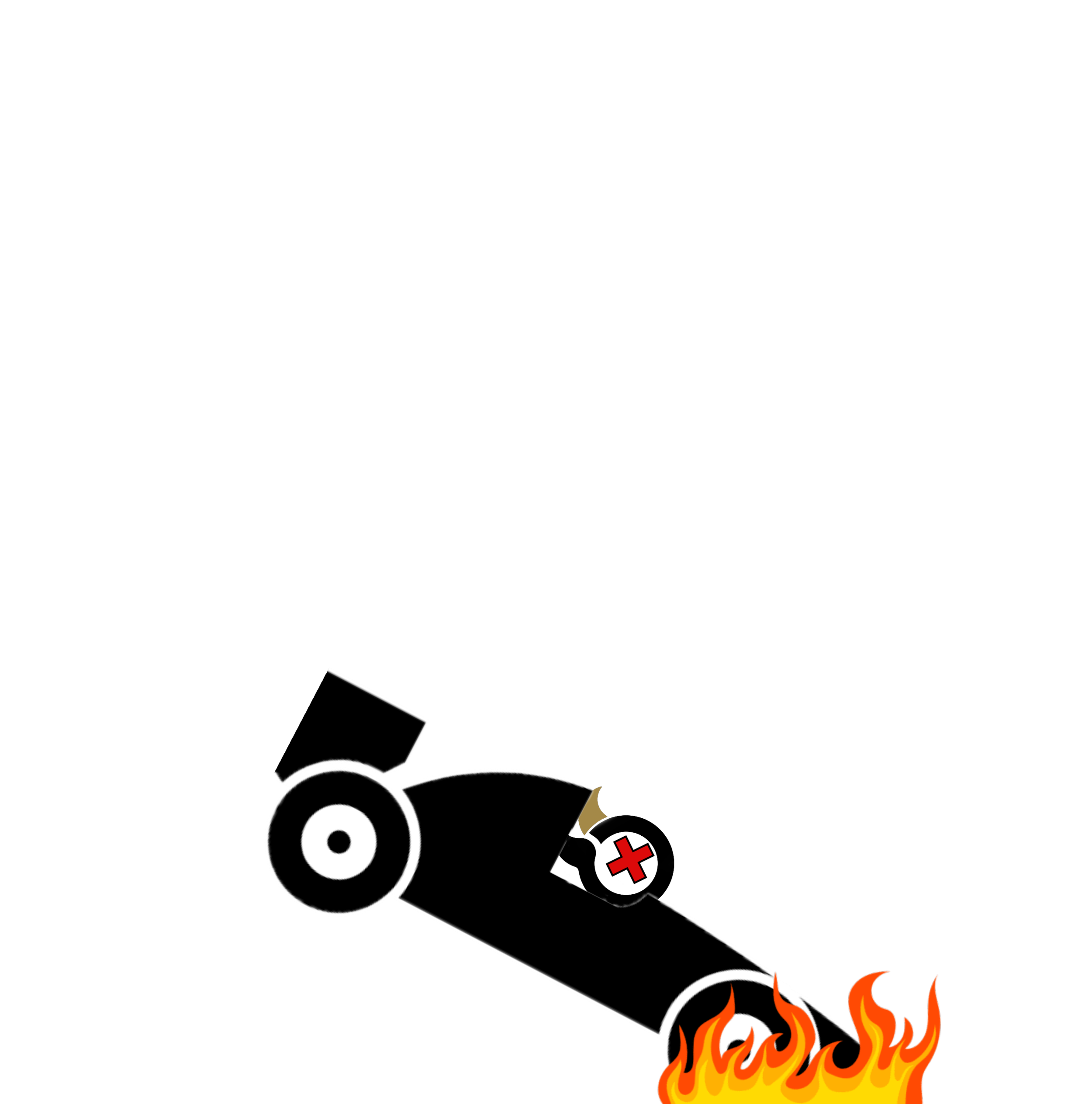Redefining Productivity
Overwhelmed by deadlines? Stop Procrastinating - Start Flowing
AionMetis is an AI-based coach that helps you bridge the procrastination gap, find your focus, and get your work done - without the guilt trips
This Isn’t Another To Do List - It’s a Cognitive Science Tool
We’re not guessing! AionMetis is built in an active research partnership with Professor Junya Morita’s ACML Lab at Shizuoka University. It’s built on proven computational-cognitive science, not productivity hacks.
Restoring Control
Feeling swamped? The coach helps you find the easiest 5-minute 'point of entry' to break the cycle of overwhelm and build momentum.
Sparking Interest
The coach helps you find your 'why' for any task, connecting that boring required-reading to a bigger goal. It's about starting, not just listing.
Why Is It So Hard To Start?!
Your brain has a "Driver" (Metacognition) and an "Engine" (Executive Function)
The Driver
(Your Intention)
This is the part of your brain that knows what you need to do
E.G ”I need to write that twenty page paper”
The Engine
(Your Action)
This is the part of your brain that starts the work
E.G “I’ll just check Instagram one more time before I start”
The Gap
The Old Ways
X Tries to force willpower
X Rigid, external schedules
X Tries to fix a "time problem"
X Leads to guilt & burnout
Our Way
✓ Adaptive, internal control
✓ Helps you cultivate interest
✓Solves the “Cognitive Problem”
✓ Leads to flow and finishing
The Cognitive-Behavioral Gap:
What Parameters Actually Matter
Interest Level Detection
The research demonstrates that interest is not a static trait but a dynamic process. Interest operates as a comparative and temporal construct that emerges through continuous evaluation of present experiences against prior interactions.
Activity Relevance Assessment
Semantic alignment with task objectives accounts for 49% of variance in learning outcomes. This finding indicates that relevance detection is not merely helpful but fundamental to learning effectiveness.
Motivation State Tracking
motivation influences multiple downstream factors including attention span, working memory efficiency, and susceptibility to distraction.
Cognitive Load Indicators
Working memory capacity, attention span, and anxiety levels represent core cognitive parameters that can be estimated through behavioral analysis.
The Outcome
A whole new approach to time management, helping both organize the user and what’s expected of him
Research based and developed in collaboration with decorated cognitive science expert Professor. Junya Morita
Improved academic outcomes, increased retention, and improving organization to decrease burn out and allow people establish a better work flow














